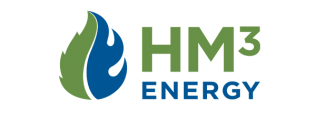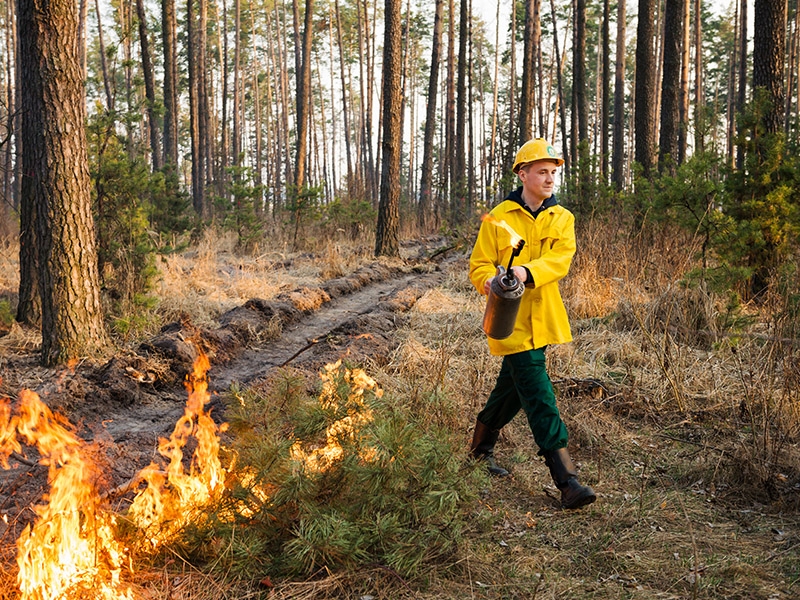Safety and Prescribed Burns
Increasingly firefighters are taking preventive measures on public lands by performing prescribed burns. These low-intensity, closely managed fires clear out the undergrowth and reduce risk of future severe wildfires. With few other alternatives, prescribed burns are considered one of the best ways to prevent catastrophic fires in the future. An article by AP reporter Brian Melly addresses the challenges in this work and why progress is slow.
First, the timing of these burns is critical. And despite best planning, Mother Nature can suddenly change her mind as to wind conditions and the prescribed fire may get out of control. A prescribed burn in 2012 in Colorado killed 3 people and destroyed property.
Of course, prescribed burns release greenhouse gas like any fire, wild or prescribed. And prescribed burns result in smoky skies for the surrounding community. Some states have decided to relax their air quality requirements to enable more prescribed burns to take place.
Hazardous fuels as feedstock for biocoal
Prescribed fires are a very important tool in the forest management arsenal to reduce fire risk. However, HM3 Energy’s technology provides yet another important tool for collecting, rather than burning the biomass, and turning it into TorrB® biocoal. This would be a tremendous help to improving air quality issues and reducing the risk of a prescribed fire turning into a wildfire.


